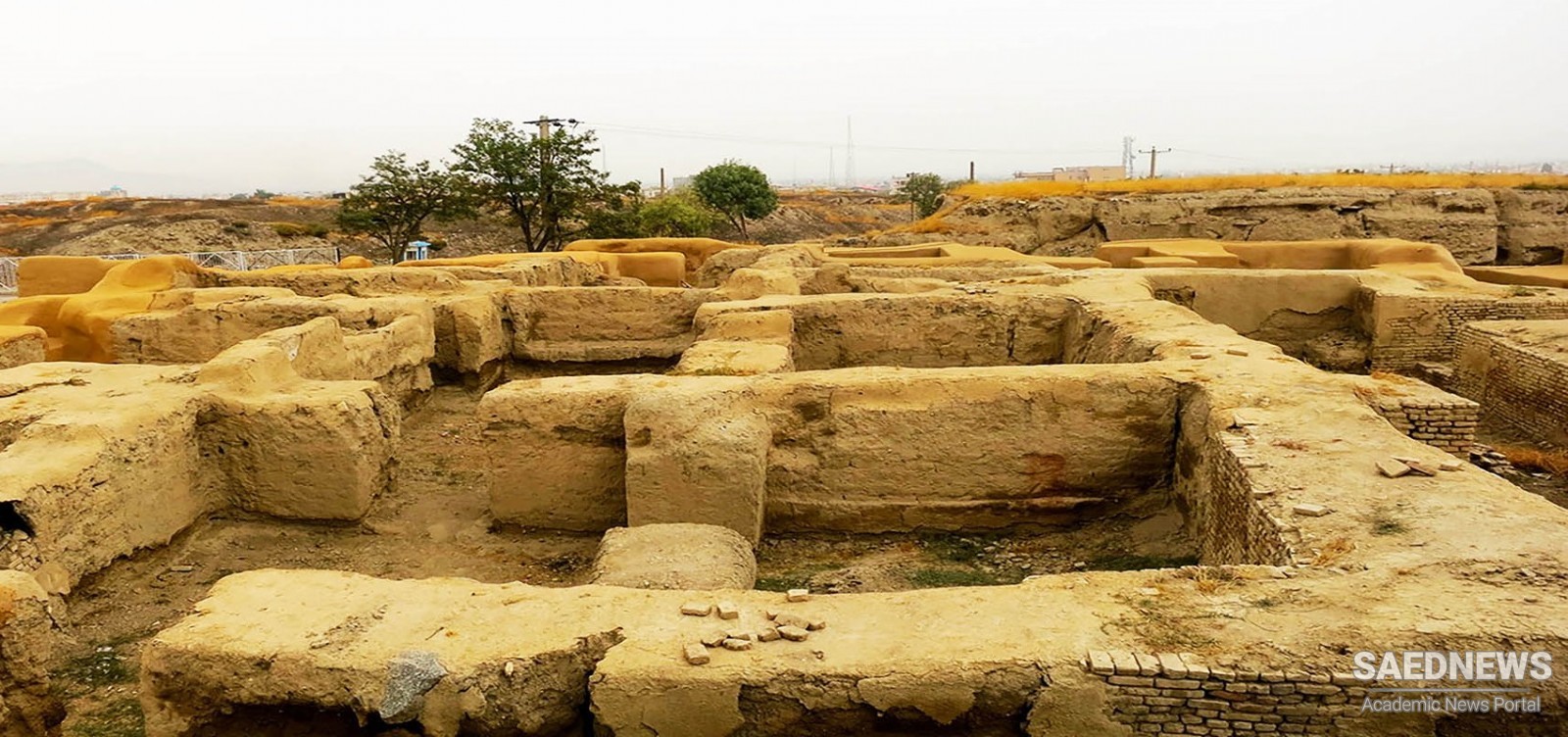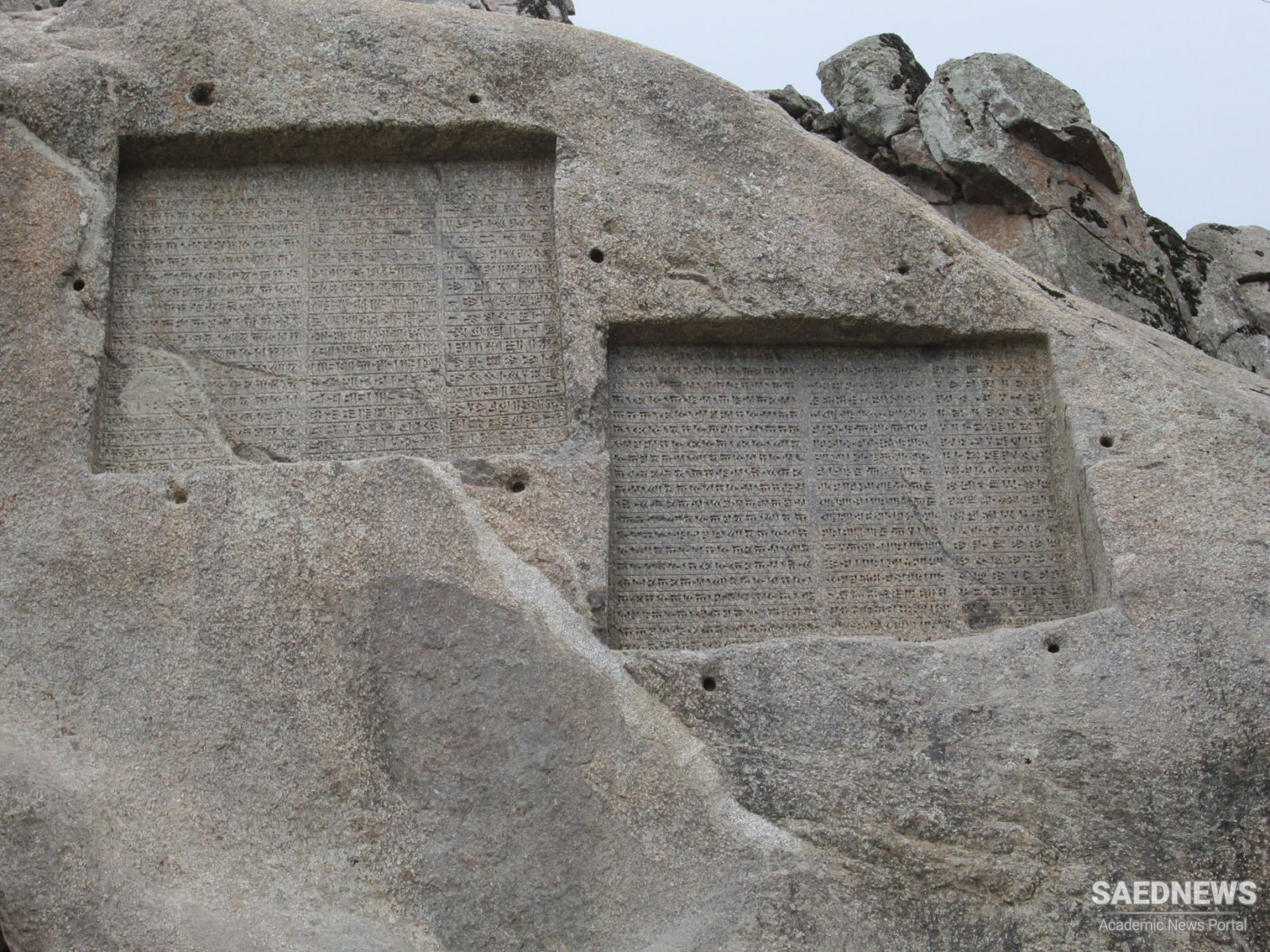It had a royal treasury which was plundered in turn by Alexander (356-323 BC), Seleucus (358- 281 BC), and Antiochus III (241-187 BC). Ruins from various historical periods have been unearthed during previous excavations at the site which indicate that the ancient inhabitants practiced progressive urban planning. Excavations at the site have yielded evidence of an advanced water supply system. The site has also yielded priceless inscribed tablets, earthenware and silverware dating back to the Achaemenid and Sassanid (224 - 651 CE) eras. The site has never been thoroughly excavated since it is mostly covered by the modern city of Hamadan.
Named after the reconstruction of the ancient name of Hamadân, the Tappa, a large mound in the northeast of the city, has been the object of archeological excavations since the 1980s. Although these excavations have not yet yielded any material that can be firmly related to the capital of the Medes, they have revealed impressive architectural remains in mud-brick, which may date from as early as the 5th century B.C.E.
The historic Hegmataneh or Ecbatana is located within the boundaries of the modern city of Hamedan and covers an area of 30 hectares. Hegmataneh in historic classical sources had named as the capital of the first Iranian dynastic empire, the Medes (728-550 BCE). It later became one of the main seats of their successors, the Achaemenid dynasty (550-330 BCE), though Persepolis near Shiraz was considered the centre of the throne, Ecbatana was considered a strategic place. The city continued to kept its' importance during the following dynasties, the Parthians (248 BCE-224 CE) and Sasanids (224"“651 CE).
The historic Hegmataneh or Ecbatana is located within the boundaries of the modern city of Hamedan and covers an area of 30 hectares. Hegmataneh in historic classical sources had named as the capital of the first Iranian dynastic empire, the Medes (728-550 BCE). It later became one of the main seats of their successors, the Achaemenid dynasty (550-330 BCE), though Persepolis near Shiraz was considered the centre of the throne, Ecbatana was considered a strategic place. The city continued to kept its' importance during the following dynasties, the Parthians (248 BCE-224 CE) and Sasanids (224–651 CE).
Hegmataneh Ensemble consists of a unique collection of historical ruins and a valuable archeological site. A complex collection of congested urban constructions including towers (citadel of the old city) unique urban architecture like a chess board developed system of water pipelines and roads and the pavements as well as a great number of houses rather than single deserted buildings. There exist remains belong to six different historical periods and a peculiar ensemble belongs to the Christians of Iran.



 Boldaji the Hometown of the Renowned Iranian Sweet Gaz Candy
Boldaji the Hometown of the Renowned Iranian Sweet Gaz Candy














































